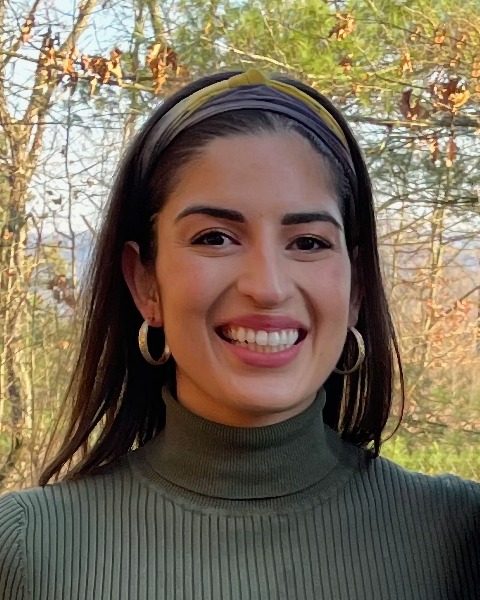Bones, Cartilage & Teeth Posters
Poster: Bones, Cartilage & Teeth Posters
22 - Differential Response of Cortical and Trabecular Bone to Bipedal Locomotion in an Experimental Rat Model
Monday, March 25, 2024
10:15am - 12:15pm US EDT
Location: Sheraton Hall
Poster Board Number: 22
There are separate poster presentation times for odd and even posters.
Odd poster #s – first hour
Even poster #s – second hour
Co-authors:
There are separate poster presentation times for odd and even posters.
Odd poster #s – first hour
Even poster #s – second hour
Co-authors:
Sharon Kuo - Department of Biomedical Sciences - University of Minnesota Duluth; Adam Foster - Department of Anatomy - Campbell University; Timothy Ryan - Department of Anthropology - The Pennsylvania State University

America M. Campillo, MA
PhD Candidate
The Pennsylvania State University
University Park, Pennsylvania, United States
Presenting Author(s)
Abstract Body : Bone responds to the mechanical loads that are placed upon it, including those related to locomotion. This capability has been used to address questions regarding the evolution of bipedalism in humans. However, it is currently unknown how cortical and trabecular bone respond to the effects of posture and mechanical load in a locomotor context. Disentangling the impact of these forces is critical for reconstructing gait patterns in the fossil record. This study presents the unique opportunity to use a previously-executed experimental animal model, which induced bipedal gait in rats using a treadmill-mounted harness system, to determine which component of bone is most responsive to changes in locomotor posture vs activity. For 12 weeks, rats were made to walk on a treadmill with different locomotor modes and split into five groups: fully-loaded bipedal walking, partially-loaded bipedal walking, bipedal standing, quadrupedal walking, and no exercise controls (n=70, 14 per group). Here, high resolution µCT scans of the femur were obtained and analyzed for cortical and trabecular bone analyses. Cortical bone cross sectional geometric properties were analyzed throughout the entire diaphysis at 10% increments to measure rigidity and resistance to compression, bending, and torsion. Trabecular bone volume fraction (BV/TV), degree of anisotropy (DA), and trabecular thickness (Tb.Th) in the distal femur were also quantified and compared using Bayesian statistics. Cortical bone results show that cross-sectional shape expands mediolaterally in the activity groups compared to the control group (p < 0.05). Trabecular BV/TV is higher in the medial condyle in the bipedal groups vs. the quadrupedal and control groups, indicating skeletal adaptation to bipedal gait. DA is higher in the quadrupedal group throughout the entire epiphysis compared to the bipedal and control groups, suggesting less variability in locomotor posture. Tb.Th is higher in the bipedal groups than the quadrupedal and control groups. Ultimately, these results suggest that cortical bone is responsive to changes in activity patterns, while trabecular bone is responsive to changes in both posture and activity. These results are useful for both the reconstruction of locomotor patterns from skeletal remains as well as to answer broader biological questions regarding bone accrual and maintenance.


